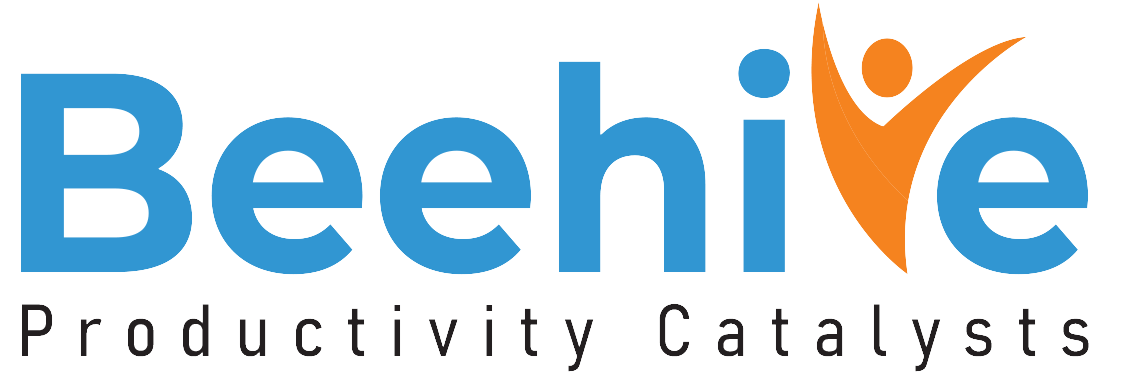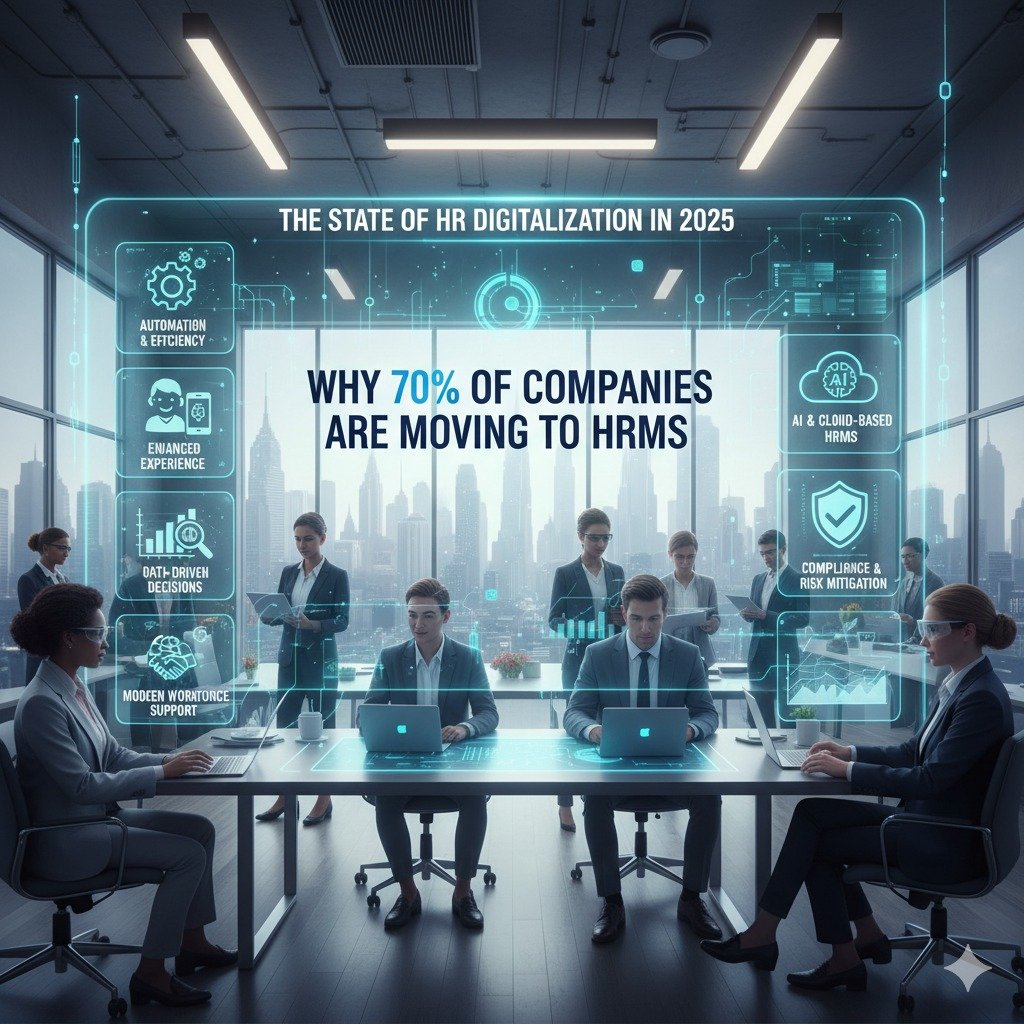It’s 2025, and HR is no longer a back-office function—you feel it in every email, every policy, every onboarding slip-up. Companies are waking up to the fact that manual HR can’t keep pace. That’s why an increasing number of organizations are shifting toward HRMS (Human Resource Management Systems) as the backbone of their digital transformation.
Some call it necessity. Others call it survival. But make no mistake: the world is rethinking HR.
In this blog, we will look at the state of HR digitalization, the global trends driving it, the challenges holding companies back, and how a robust HRMS with integrated modules can deliver transformation. We will close with how Beehive HRMS helps companies modernize HR in a complete, human-centric way.
Why skills, not jobs
Architecture implies design, foresight, and resilience. A building doesn’t stand tall because it has enough bricks; it stands because those bricks are arranged with intention, reinforced by structure, and built to last.
That’s how we must think about our workforce. Not as a set of job titles, but as an interconnected architecture of capabilities. The question is not how many engineers we employ. The question is: Do we have the skills that will keep us relevant tomorrow?
Jobs keep changing. Skills endure.
Why HR digitalization is no longer optional
Think of HR as the operating system for a company. If it’s slow, outdated, fragmented, your entire organization stutters. Manual Excel sheets, siloed systems, and paper approvals are more than annoying. They cost time, cause errors, and erode trust.
In fact, a Prosci report shows majority of business leaders believe digital transformation is essential for success, and center that transformation on automating internal processes. prosci.com
If HR doesn’t digitize, it is a hurdle in growth.
Global trends driving HR tech adoption
Several forces are pushing companies toward HR digitalization.
- AI and predictive analytics: HR teams increasingly rely on data to predict attrition, map skill gaps, and optimize hiring. Over half of companies now use AI for tasks like screening and candidate searches. SHRM
- Experience & personalization: Today, HR tech is about employee experience. Real-time nudges, feedback flows, mood tracking are no longer sci-fi; they are the expectation. UNLEASH
- Growing HR tech adoption: 85% of organizations use HR software today to manage people operations. HiBob
- Gartner and Deloitte trends: They point to HR needing to shift from administrative to strategic, integrating tools like talent analytics, generative AI, and workforce planning. Deloitte+2Deloitte+2
The math is simple: digital HR is now table stakes.
The barriers that still exist
Even as many are adopting HRMS, some hurdles slow down progress.
- Legacy systems & integration gaps: Many companies already have fragmented HR tools. Migrating or combining them is messy, risky, and resource-intensive.
- Cultural resistance: People worry about losing control or becoming irrelevant. Without buy-in, digital tools sit unused.
- Cost & change fatigue: Digital transformation requires investment in software, training, and ongoing support. Some leaders fear upfront costs more than the cost of staying stalled.
- Skills and data maturity: According to McKinsey’s HR Monitor 2025, while 73% of organizations conduct workforce planning, only a small share align it with future skill needs. McKinsey & Company
Digitalization is as much about mindset as it is about tools.
How modern HRMS solves these challenges with 20+ integrated modules
A modern HRMS is not a module here or there. It’s a comprehensive platform with 20+ modules that talk to each other, automate workflows, and surface insights. Here’s how that helps:
- Integrated workflows: Onboarding, payroll, performance, leave, attendance—no more toggling between systems.
- Real-time analytics: Instead of monthly reports, HR leaders see trends in attrition, talent gaps, engagement.
- Talent management & succession: Build pipelines based on data, not guesses.
- Learning & development: Recommend modules based on career paths and skills gaps.
- Feedback & engagement tools: Pulse surveys, recognition engines, sentiment tracking.
- Automation & approvals: Leave requests, travel approvals, compliance notices—all auto-managed.
- Self-service: Employees can update details, check pay slips, apply for leave, view growth paths.
- Generative AI & smart nudges: Assist HR with drafts, recommendations, and anomaly detection.
This level of integration turns HR from cost-center to strategic partner.
Best practices for HR digital transformation
Rolling out an HRMS is one thing. Making it work is another. Here’s what works:
- Start with use cases that matter: Choose strategic pain points such as performance, retention, talent mobility and build early wins.
- Phased rollout, with learning loops: Don’t flip the switch overnight. Launch modules, gather feedback, iterate.
- Champion adoption: Train, support, reward adoption. HR is more than just deploying software – it’s shifting behavior.
- Data governance & transparency: Make how data is used clear. Trust matters when you are automating HR.
- Link to business outcomes: Show how digital HR reduces cost, speeds hiring, improves retention.
Transformation demands patience and persistence but the payoff is real.
Spotlight: Recent moves in HR tech
There’s no shortage of momentum in HR tech today. For instance:
- Workday’s AI Agent Push: Workday recently launched AI agents for HR and finance processes, acquiring a workplace tools firm (Sana) for $1.1B. The vision: autonomous HR workflows. The Wall Street Journal
- AI in Compensation: Around 22% of companies now use AI tools for external pay benchmarking, and 63% are considering it. This drives fairness and responsiveness in pay decisions. Business Insider
- IBM Automating HR Roles: IBM has reportedly replaced hundreds of HR roles with AI processes while ramping up tech talent hiring. The Economic Times
These moves signal that HR is becoming both more automated and more strategic.
How Beehive HRMS brings this vision to life
At Beehive HRMS, we believe HR digitalization is about having tools that empower people and strategy. Our platform is built with integration, flexibility, and human focus in every module.
- We offer 20+ integrated modulesso all HR functions connect seamlessly.
- Our talent analyticshelp leaders see inside their workforce, spotting gaps, risks, and trends before problems escalate.
- Learning & developmentmodules map training to gaps and roles so efforts align with real needs.
- Engagement & feedback toolshelp measure sentiment and boost connection, not just compliance.
- Journey mapping & career pathinggive employees clarity on where they can grow.
- Smart automations free HR from paperwork so they can focus on strategy.
- Transparent data & dashboardsfoster trust; decision-making becomes visible and data-driven.
- We stay AI-ready, embedding features that future-proof HR as the tech landscape evolves.
In short, Beehive HRMS digitizes HR and redefines HR as a strategic, human-centric function built for 2025 and beyond.
Reflection
If HR digitalization were a wave, then 2025 is the surge. Companies that wait will be overtaken by those who adopt early, integrate deeply, and design with people in mind. Digital HR is the backbone of organization evolution.
With tools like Beehive HRMS, HR can finally become what it always aspired to be: a strategic enabler, a driver of growth, and a champion for people.
Because HR in 2025 is digital, intelligent and must be built for humans, not only processes.






